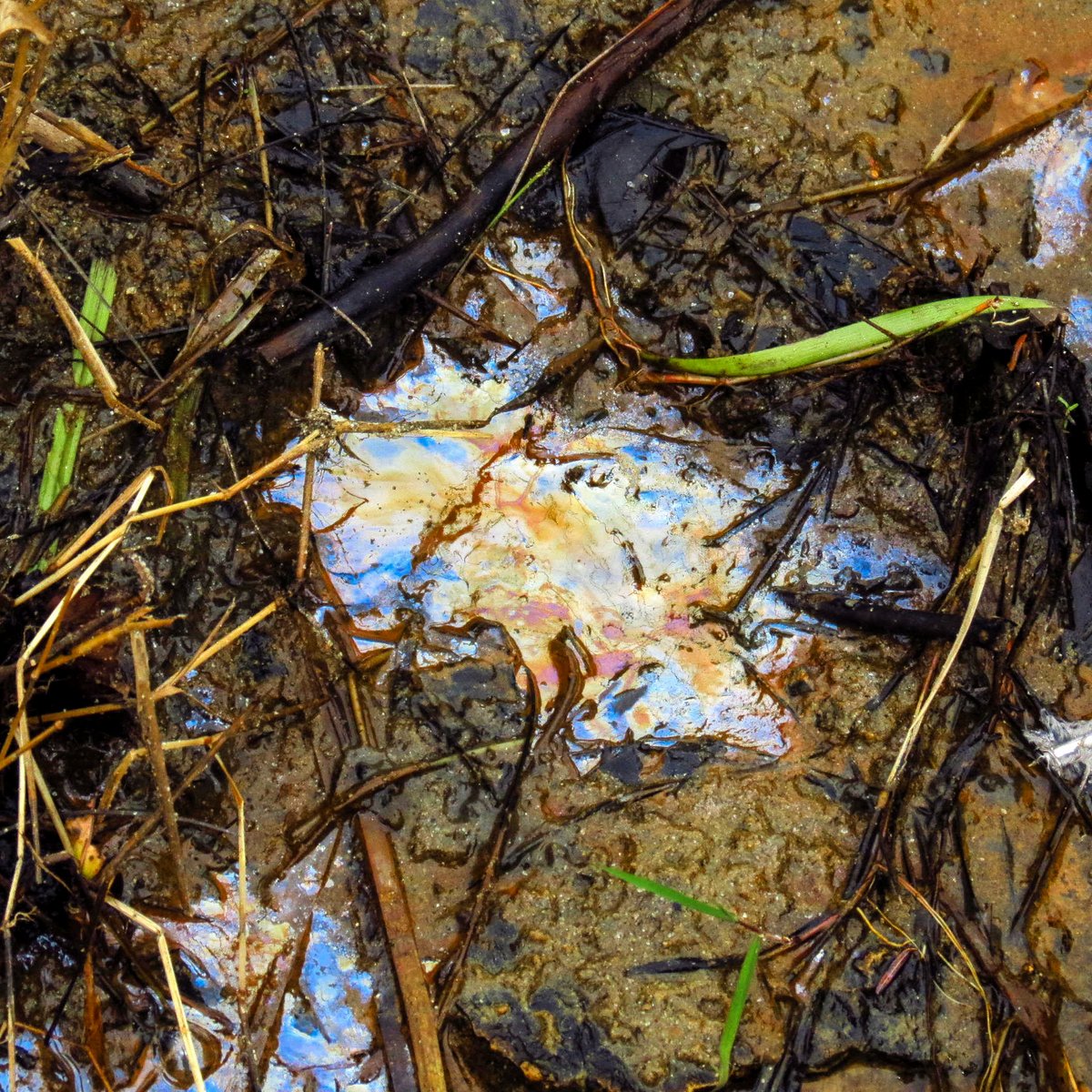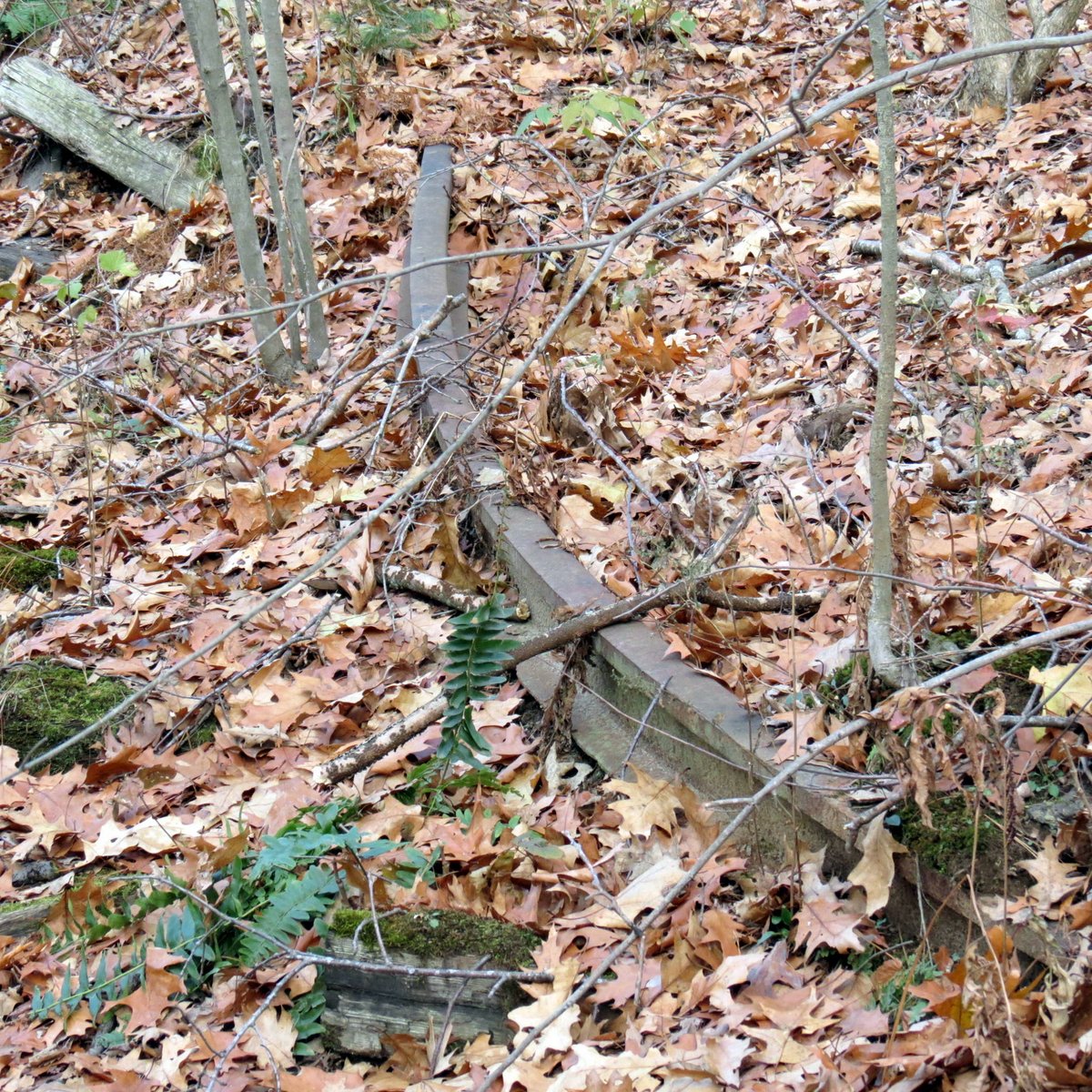
Last weekend I was working on the mushroom post you saw last Wednesday but it wasn’t coming together. I was getting all tangled up in it and I needed to get away from it for a while, so I decided to go out for a walk and maybe catch the last of the fall color. I chose a familiar rail trail that I know as well as I know myself, so I hoped I wouldn’t have to search for the name of anything I saw there. I thought maybe I could just put my mind in my back pocket for a while and enjoy the beauty. The above shot is looking west across a cornfield that runs alongside the rail trail, and looks over to some of the many hills that surround Keene. We sit in a kind of a bowl that is surrounded by hills, and since cold air acts like water and flows down hills to fill valleys like this one, it can get cold. Most of the trees were bare over across the cornfield but it was still a colorful scene.

Canada geese have been coming to this cornfield by the hundreds for as long as I’ve been here, and here they were again. This year though, they would get a surprise because there was no corn grown in this field. I’ve always thought that the geese came after the harvest so they could eat all the spilled kernels of corn but for the past two years drought stopped the corn, and this year the fields flooded, so they’ve had slim pickings.

When I got to the rail trail I noticed that some of the trees weren’t that colorful but that was fine, I thought the shrubs more than made up for it.

Here was an invasive but beautiful burning bush. I’ve only just discovered that the red color is more prominent when they grow in sunshine. I’ve shown the pale pastel pink and magenta bushes along the river in Swanzey on this blog many times, and now I know that their paler colors come from them growing in shade. That shade doesn’t stop them from growing into an impenetrable thicket though.

They were loaded with berries and the birds love them, so in the future we’ll have more burning bushes.

Goldenrod still bloomed and I could hardly believe it.

They were covered in small flies. This one had a buzz.

Dandelions bloomed as well and, since I’ve seen their blooms in every month of the year, they were a little less surprising.

At times I had to just stop and look, and then take a photo or two so you could see what I saw. What a beautiful day it was. I was happy to be outside away from the computer, but then I’m always happy to be outside. It never gets old.

The rains we’ve had have washed all the joy out of our native clematis called traveler’s joy apparently because their seed heads were looking a little bedraggled. This native vine is also called old man’s beard and I thought maybe that name was more appropriate on this day.

Its deep purple, almost black leaves are usually quite pretty. I’ve never seen them splotched with green like this.

The American hazelnuts are ready for spring.

The seedpods of wild cucumber had empty chambers where the seeds grow, so it is also ready for spring. It’s an annual that grows new from seed each year and the vines that grow from those seeds can sometimes reach 30 feet long in a single summer.

Some of the maples still had leaves and they contrasted nicely with the red of the oaks.

This staghorn sumac was trying to be pumpkin orange.

And this one wanted to be tomato red. Or maybe plum purple. They have quite a color range.

The American beeches are slowly losing their yellow but they’re still very beautiful. They’re easily one of our most beautiful trees at almost any time of year.

Another nearly 5 inches of rain the previous week had caused Ash Brook to flood and the woods near it were flooded all along the trail. This has been happening for a long time here and the silver and red maples that grow here can take it. What can’t take it is corn. The cornfields have deep drainage ditches around their perimeters but they can’t keep up with this much rain. The Ashuelot River takes all the runoff away to the Connecticut River and then on to the Atlantic, but the river is also being overwhelmed. Come to think of it there must be a lot of silt spilling into the Atlantic these days.

The old rail trail wasn’t like a Manhattan sidewalk on this day but it was fairly busy with dog walkers, bike riders and joggers. The area south of here, where the bike rider in the photo is heading, is densely populated and over the years people have discovered what a great trail system they have right in their back yards. It’s nice to see more people getting outside.

I think the boards that the snowmobile clubs put down on the trestles helped bring a lot of people out onto the rail trails. A lot of people were scared to walk over them when there were gaps between the ties. Until I was about ten I was afraid as well but I finally found the courage to cross, and then I had the whole world in front of me. I was a bird that had escaped its cage, and I flew. Stephen King once said: Some birds are not meant to be caged, that’s all. Their feathers are too bright, their songs too sweet and wild.

There was a lot of water where there normally isn’t any.

Despite the flooding the railbed was high and dry, and so very pretty. I hated to leave.

When I got back to the car, I stretched my zoom lens out as far as it would go and took a last shot of one of the distant hills. I was surprised to see so much color still on the trees. It was the perfect end to what had turned into a beautiful afternoon. Now I thought, maybe I could finish that mushroom post.
If you seek creative ideas go walking.
Angels whisper to a man when he goes for a walk.
~ Raymond I. Meyers
Thanks for stopping in.

































































































































































































